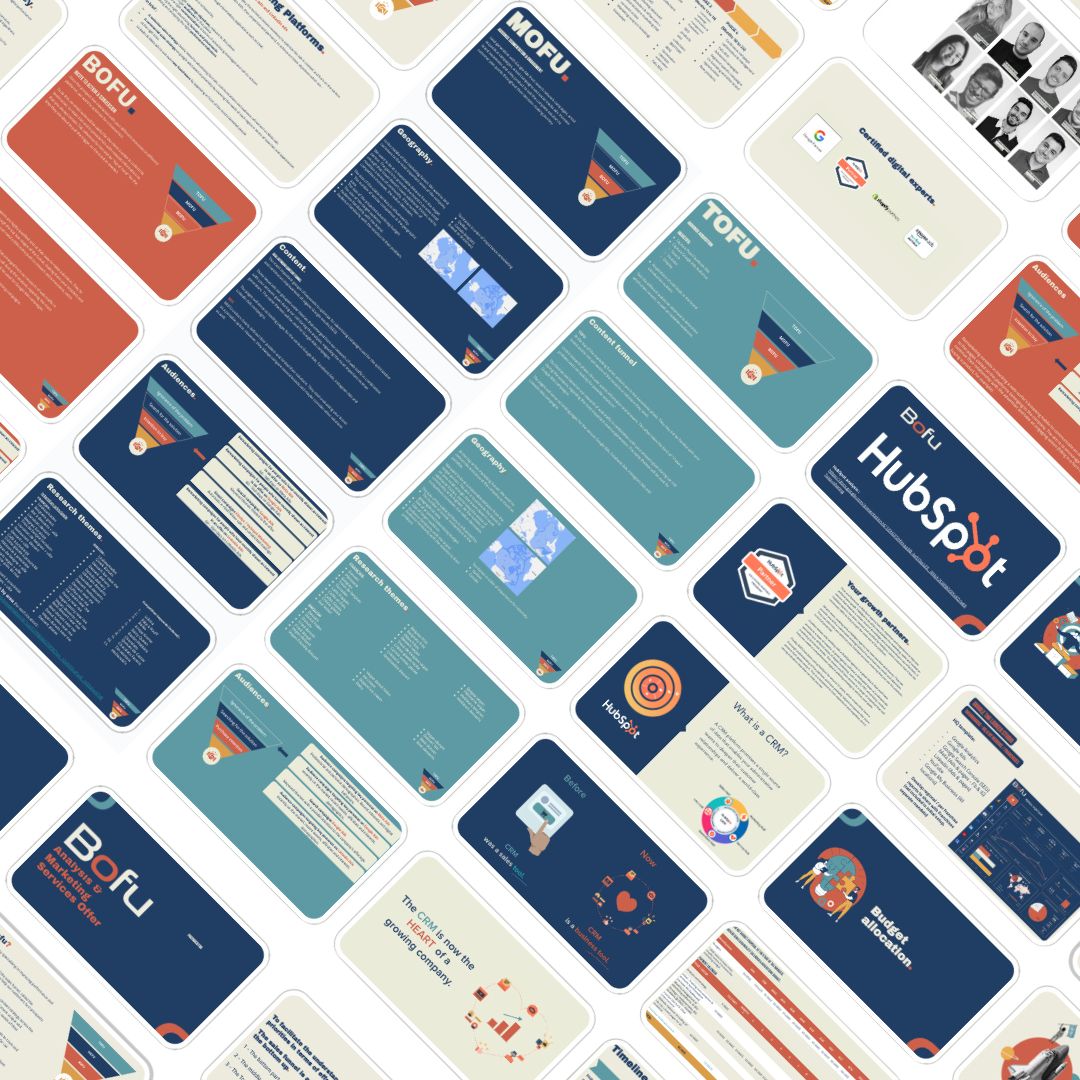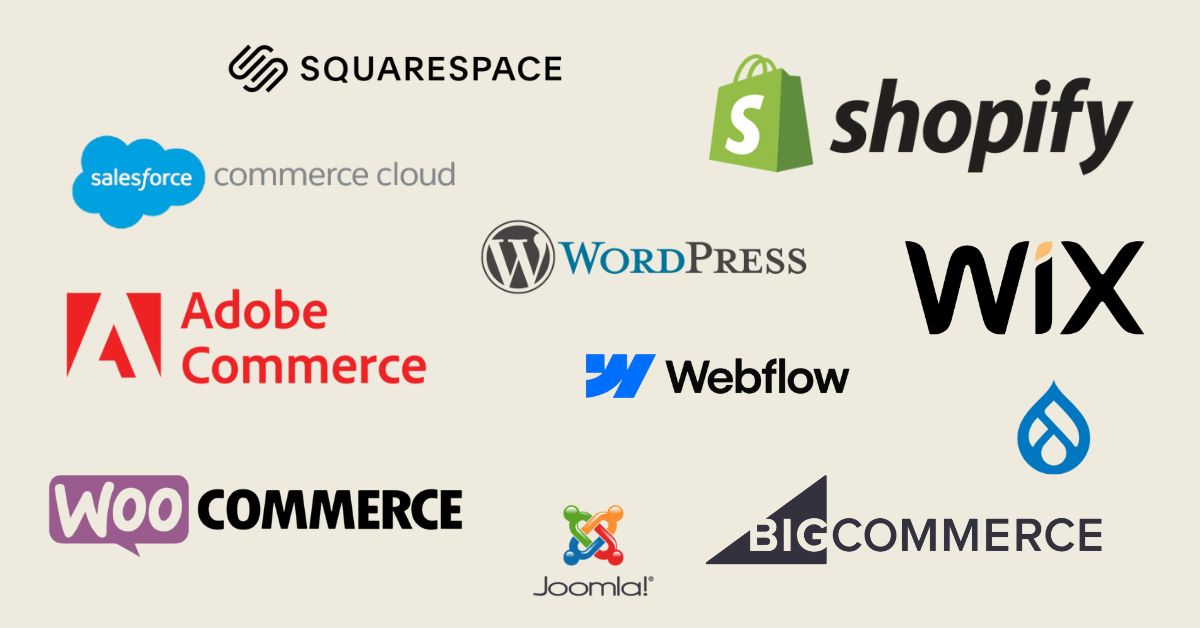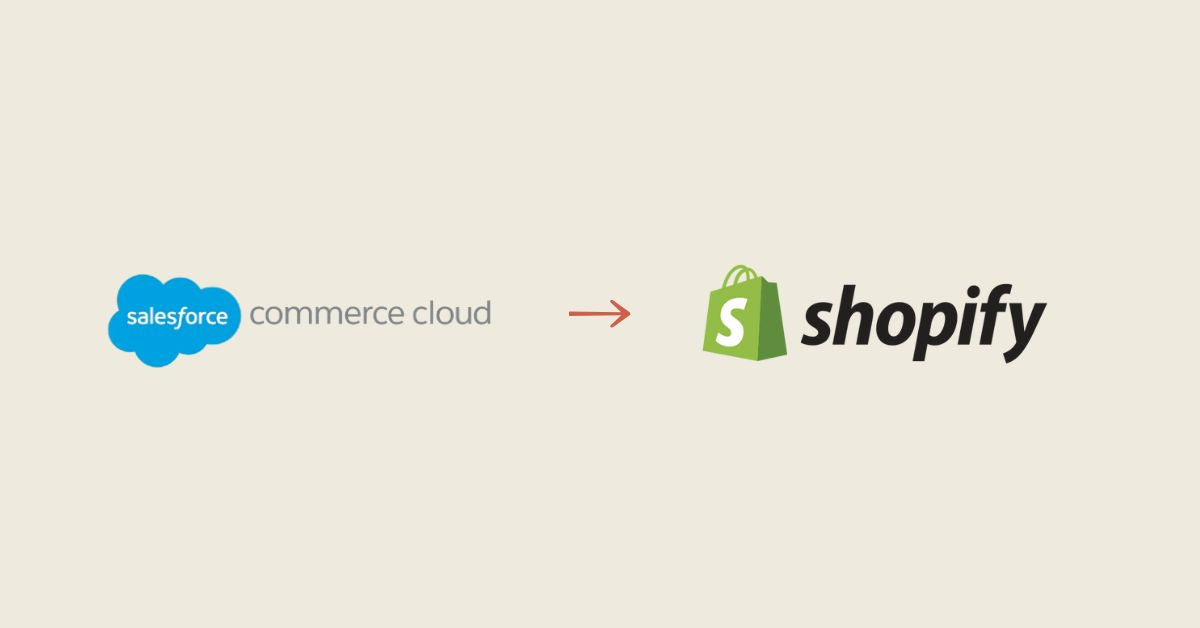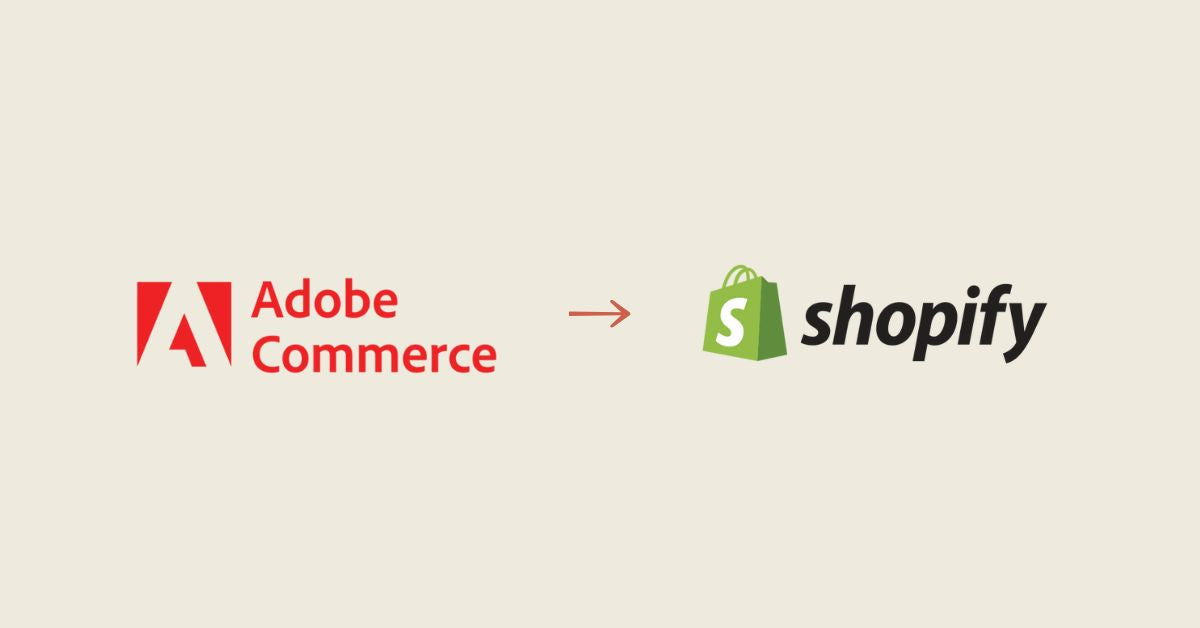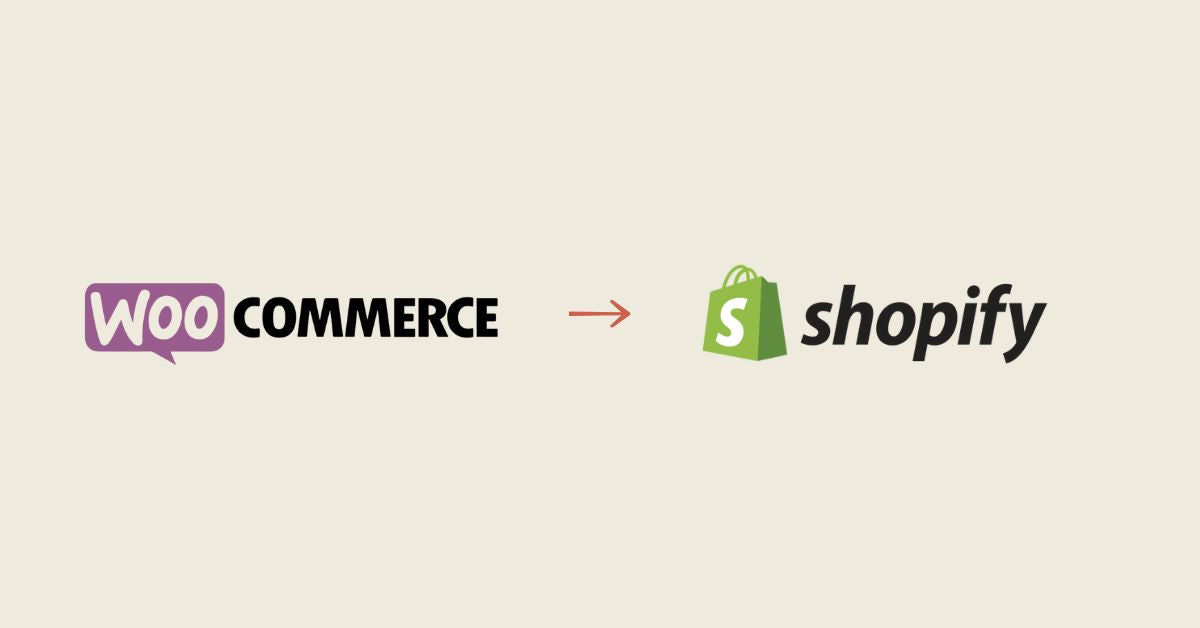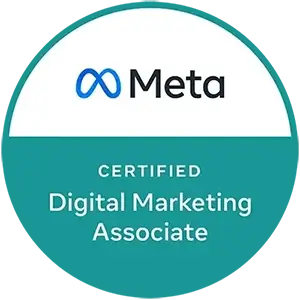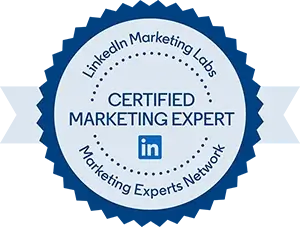In 2025, marketing is evolving at a breakneck pace, transformed by technological advancements, rising consumer expectations, and sustainability demands. These trends are shaping how businesses engage with their audiences, create experiences, and differentiate themselves in the marketplace. Let's explore the top marketing trends of 2025, with real-life examples to understand their impact and application.
Artificial intelligence for increased personalization
Artificial intelligence (AI) is redefining personalization in marketing. Platforms like Netflix and Amazon are using AI to recommend products or content based on past purchasing or viewing behavior.
Concrete example:
A clothing brand uses AI to analyze customer purchase histories, browsing behaviors, and preferences. With this, it sends personalized recommendations via email, such as a winter jacket suggestion to a customer who recently purchased hiking boots. The result: a higher conversion rate and an optimized customer experience.
Why it's important:
Personalization is no longer limited to using a first name in an email. Consumers expect brands to proactively anticipate their needs, delivering tailored experiences. AI can help deliver on this expectation at scale.
Social Media Engagement: Quality Over Quantity
Social media is saturated with content. In 2025, it's no longer the quantity of posts that matters, but their relevance and impact. Brands are now focusing on innovative, engaging, and immersive formats.
Concrete example:
Duolingo, known for its humorous content on TikTok, creates short, entertaining videos featuring its mascot. These videos generate millions of views, strengthening user loyalty to the brand while attracting new learners.
Why it's important:
Algorithms favor content that actively engages audiences. By focusing on creativity and interaction, brands can maintain their visibility and build community loyalty.
Sustainability at the heart of marketing strategies
In 2025, consumers want brands that share their values. Companies that integrate eco-friendly practices into their marketing campaigns and operations gain a significant competitive advantage.
Concrete example:
Patagonia goes beyond simply selling clothing. The brand encourages customers to repair their old items rather than buying new ones, with free services offered in their stores. This strategy, which promotes sustainability, strengthens customer loyalty while differentiating the brand in a competitive market.
Why it's important:
Sustainability is no longer an option, but an expectation. Consumers, especially younger generations, favor brands that demonstrate a commitment to the environment and society.
Social commerce and shoppable videos
Social media is becoming a true commerce platform, thanks to features that allow you to buy directly from a video or post.
Concrete example:
A cosmetics brand shares a makeup tutorial on Instagram, tagging each product they use. Viewers can click on the tags and purchase the products without leaving the app. This frictionless experience simplifies the purchasing journey and increases conversions.
Why it's important:
Social commerce combines discovery and purchase in an environment where consumers already spend a lot of time. This reduces barriers to purchase and generates direct engagement.
Voice and visual search: the rise of new interfaces
With the rise of connected devices and technologies like Google Lens, consumers are increasingly using voice and visual search to find products and information.
Concrete example:
A home decor brand optimizes its site for voice search by creating simple, natural product descriptions. A user can ask their voice assistant, “Find me a modern gray sofa,” and be taken directly to the product page.
Why it's important:
Voice and visual interfaces are changing the way consumers interact with brands. Optimizing for these formats is becoming imperative to remain visible.
The rise of no-code tools for greater agility
No-code tools democratize access to advanced technologies by enabling marketing teams to create solutions without the need for technical skills.
Concrete example:
A startup uses Webflow, Shopify, or other tools to build an online event registration page in a matter of hours. This allows them to quickly test new ideas and adjust their strategies based on the results, without waiting for a developer to intervene.
Why it's important:
No-code tools make marketing teams more autonomous and responsive, which is essential in an environment where speed of execution is a competitive advantage. They also eliminate the need to rely on an agency, where the model is to charge you for hours of worthless work for your WordPress (PHEW).
Influencer Marketing: Authenticity and Micro-Influencers
Influencer marketing continues to grow, but brands are increasingly turning to micro-influencers (audiences of 10,000 to 100,000 followers) for authentic and targeted campaigns.
Concrete example:
An organic tea brand collaborates with wellness micro-influencers. They share videos of their morning tea routines, building credibility for the product within their communities.
Why it's important:
Micro-influencers, with their loyal and engaged communities, often offer a higher return on investment than major social media stars.
Transparency and ethics in the use of generative AI
With the increasing use of generative AI to create content, consumers are demanding more transparency about where information comes from and how it is generated.
Concrete example:
An online media outlet uses ChatGPT to write articles, but informs its readers that the content was generated by AI and reviewed by an editor. This transparency builds user trust.
Why it's important:
Ethics in the use of AI is crucial to avoid trust crises. Brands that embrace transparency will stand out positively.
Conclusion
Marketing trends in 2025 illustrate a convergence between technology, sustainability, and customer experience. Whether through the use of AI to personalize interactions, social media engagement, or the adoption of ethical practices, brands must adapt to a constantly evolving environment. By strategically applying these innovations, companies can not only remain competitive but also strengthen their connections with increasingly demanding consumers.





